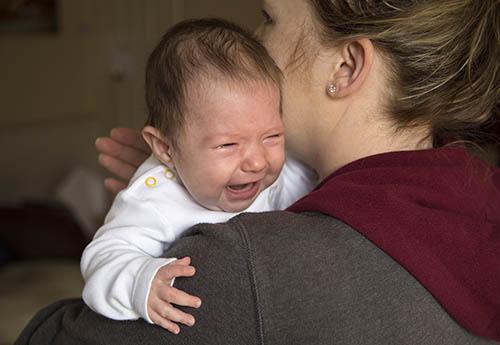
Exposure to relatively low ambient ozone at ground level (O3) during early life appears to carry an increased risk of asthma and wheeze outcomes at age 4–6 years, as reported in a study.
Researchers pooled data from the prospective ECHO-PATHWAYS consortium, which consists of data across six cities in the US. The analysis included 1,188 children (mean age 4.5 years at the age 4–6 years visit, 51.7 percent female) with complete airway surveys, complete address histories at age 0–2 years, and who were born at term (≥37 weeks). Of the children, 973 (81.9 percent) had mothers without a history of asthma and 663 (55.8 percent) had mothers who had a bachelor’s degree or higher.
The mean ambient O3 concentration between birth and age 2 years was 26.1 parts per billion (ppb). O3 showed a negative correlation with NO2 and positive correlation with PM2.5 in the overall sample.
At age 4–6 years, 148 participants (12.3 percent) had current asthma and 190 (15.8 percent) had current wheeze. At age 8–9 years, 113 (9.4 percent) had asthma, as defined using information from both airway assessments. In terms of wheeze, 100 participants (8.3 percent) had persistent wheeze, 136 (11.3 percent) had late wheeze, 250 (20.8 percent) had early wheeze, and 715 (59.5 and) never had wheeze.
Each 2-ppb increase in O3 concentration was associated with around a 30-percent increase in the odds of having asthma (odds ratio [OR], 1.31, 95 percent confidence interval [CI], 1.02–1.68) and wheeze (OR, 1.30, 95 percent CI, 1.05–1.64) at age 4–6 years. These associations were not observed at age 8–9 years and in sensitivity covariate adjustment analysis.
Bayesian kernel machine regression indicated that higher exposure to O3 in mixture was associated with current asthma and wheeze in early childhood.
The findings underscore the potential of regulating and reducing exposure to ambient O3 as a way to alleviate the public health burden of asthma among children.